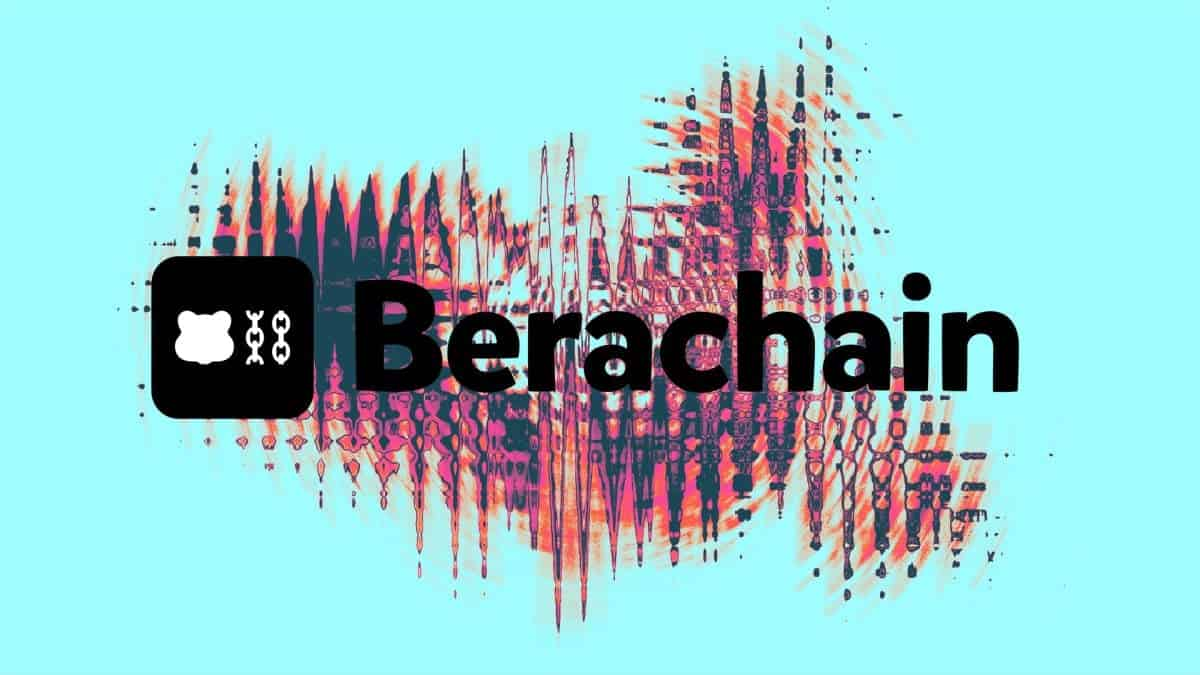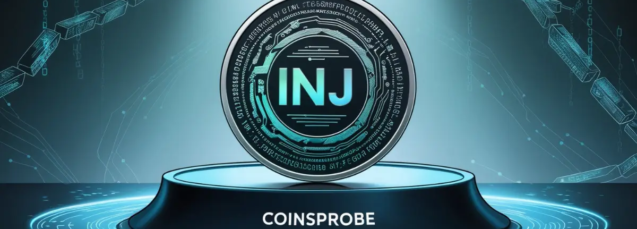Berachain to roll out ‘proof-of-liquidity’ system today, kicking off governance phase
Quick Take Berachain, an EVM-based Layer 1 blockchain, is set to launch its proof-of-liquidity system today. The PoL system aims to decentralize the supply of Berachain’s governance token, BGT, starting with certain DeFi pools.

EVM-based Layer 1 blockchain Berachain will roll out its proof-of-liquidity, or PoL system, later today — a move that kicks off phase 1 of its onchain governance.
The PoL system aims to decentralize the supply of BGT, Berachain’s governance token, to enable on-chain governance. This begins with a rollout within certain DeFi liquidity pools, but Berachain developers said they plan to add new reward vaults beyond just those starting DEX pools.
Berachain's PoL approach encourages users to provide liquidity to the network while allowing those assets to remain usable.
Berachain operates with different native tokens. The Bera token is the gas token used for transaction fees and validator staking. A critical part of PoL — BGT (Berachain Governance Token) — is a non-transferable, soulbound token earned by providing liquidity that is used for governance and directing rewards.
Instead of locking tokens in a vacuum, like in traditional proof-of-stake (PoS) blockchain, Berachain encourages users to stake assets in DeFi liquidity pools to earn BGT, the governance token. Validators then rely on this BGT being delegated to them to boost their influence in consensus. In other words, the network's security (via validators) is tied to the ecosystem's liquidity.
Why 'Proof of Liquidity'?
At its core, Berachain is a proof-of-stake blockchain built on the Cosmos SDK, using a Tendermint-based consensus mechanism. Validators stake BERA tokens to secure the network, propose blocks, and vote on transactions — standard PoS stuff.
So why is it called "Proof of Liquidity"? The distinction lies in how Berachain redefines the role of staked assets and integrates liquidity provision into the network's security and governance, making it more than just a bolted-on DeFi reward system.
Berachain validators also receive BGT emissions based on how much BGT liquidity providers delegate to them. The more BGT they control, the more they can optimize their rewards and influence the network's direction via governance.
Berachain initially went live with Boyco, Berachain's pre-launch liquidity platform, looking to bootstrap liquidity for decentralized applications on the Berachain ecosystem. A mainnet launch followed this in early February.
By the time Boyco concluded and funds began bridging to Berachain's mainnet, the platform had amassed $3 billion in total value locked. These funds are expected to be allocated in the PoL rollout.
In April 2023, Berachain developers raised $42 million in a Series A funding round at a valuation of $420.69 million, led by Polychain Capital with participation from Hack VC and other investors. In April 2024, it raised an additional $100 million in a round co-led by Polychain Capital and Framework Ventures.
Disclaimer: The content of this article solely reflects the author's opinion and does not represent the platform in any capacity. This article is not intended to serve as a reference for making investment decisions.
You may also like
Will Kaspa (KAS) Bounce to Continue Its Rebound? This Fractal Says Yes!

Is Bittensor (TAO) Repeating Its History? Fractals Hint at Continuation of Bullish Rally

Will Injective (INJ) Bounce Back to Extend Its Rebound? This Fractal Pattern Says Yes!

Can Cardano (ADA) Bounce to Continue Its Rebound? This Pattern Says Yes!

